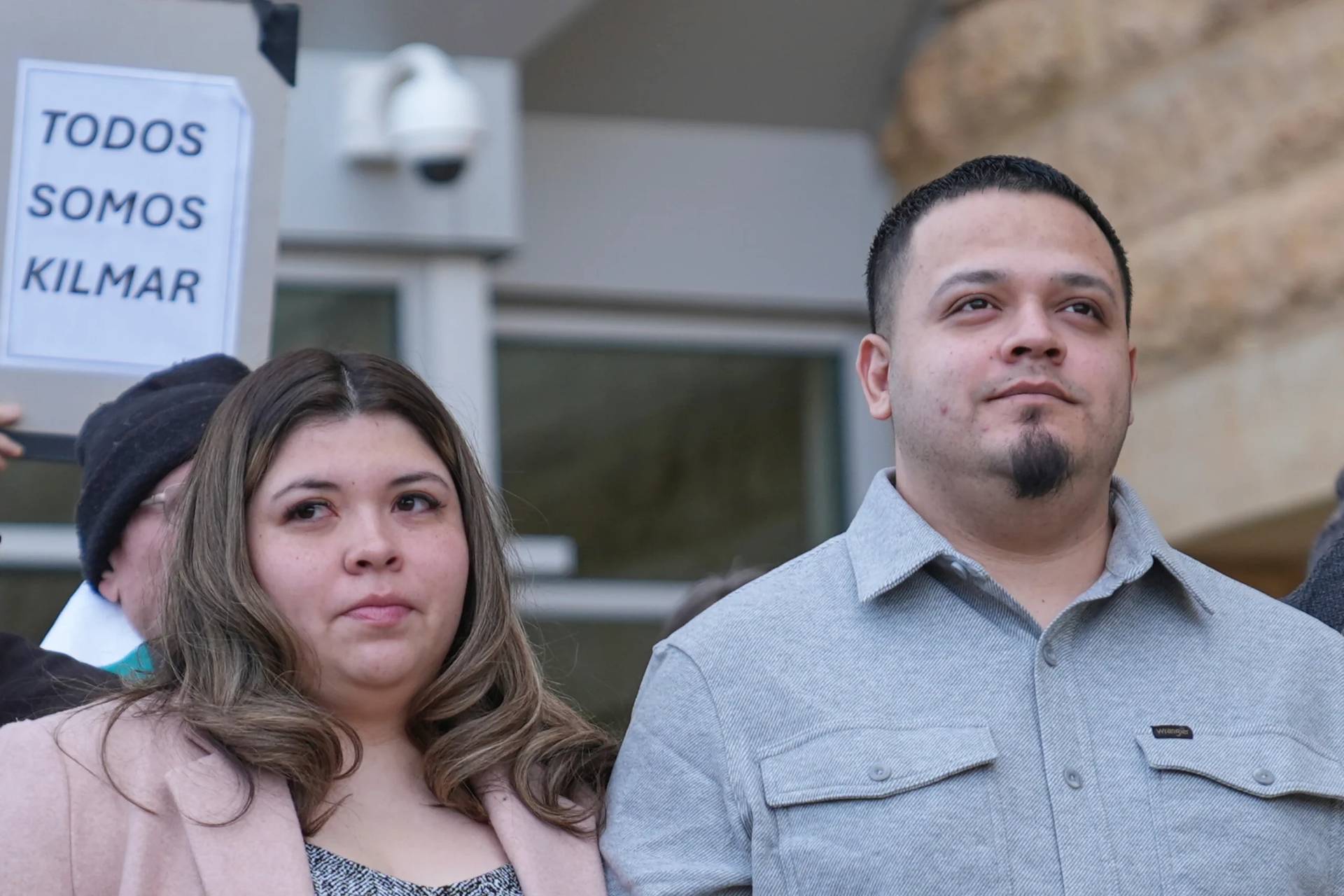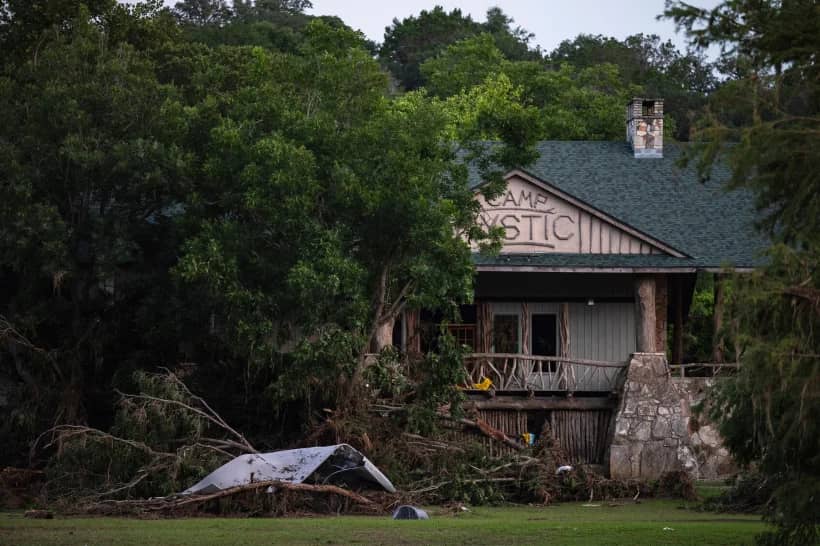CINCINNATI – Hundreds gathered in Lafayette, Louisiana last Saturday to witness an exceedingly rare occurrence: The opening of multiple canonization causes during a single ceremony.
Bishop J. Douglas Deshotel of the Diocese of Lafayette signed canonical decrees that officially initiated the causes for two laypersons, Charlene Marie Richard and Auguste “Nonco” Pelafigue. Deshotel also pledged to open the cause of a third native of the diocese, military chaplain Father J. Verbis Lafleur, as soon as the necessary documentation arrives from Rome.
While not entirely without precedent, this move to advance three parallel causes from a single diocese stands out because the three potential saints had no obvious connections to one another during their earthly lives.
In fact, it’s hard to imagine a more diverse pool of candidates than a middle schooler known for her Christ-like response to leukemia, an immigrant teacher famous for his street-evangelizing fervor, and a World War II chaplain who sacrificed his life on a sinking P.O.W. ship.
“It is unusual because the three we’re nominating never knew each other and had very little in common, other than their incredible Catholic faith,” diocesan spokesperson Blue Rolfes told Crux.
According to Dr. Kathleen Sprows-Cummings, an expert on the canonization process and author of A Saint of Our Own: How the Quest for a Holy Hero Helped Catholics Become American, the Louisiana diocese’s move is also surprising for practical reasons.
Sprows-Cummings told Crux that running a canonization cause is a massive undertaking in terms of personnel and resources, and that it often “takes every ounce of energy from a diocese to focus on just one!”
As a result of Saturday’s events, Charlene Richard and Nonco Pelafigue are officially “Servants of God.” Several officials took oaths of office during the ceremony, promising to pursue the truth about the lives and virtues of the two Louisiana natives during the upcoming canonical inquiry.
The inquiry phase may be shorter than usual for Richard, given her relatively brief life – Richard passed away from leukemia at the age of 12. According to the official petition, as Richard lay on her deathbed during her final two weeks, she would frequently ask a Catholic priest, “Who am I to offer my suffering for today?”
In the years since her death, Richard’s grave site has drawn thousands of visitors as testimonials of healings and other miraculous events have proliferated. While it remains to be seen whether Richard will join the ranks of official U.S. saints, many in the Lafayette area already call her “The Little Cajun Saint.”
Pelafigue’s family moved from France to what is now Arnaudville, Louisiana, in 1889 when Pelafigue was just two years old. The petition presented to Deshotel portrayed Nonco – a customary French nickname meaning uncle – as a teacher, playwright, and passionate evangelizer.
A lifelong devotee of the Sacred Heart of Jesus, Pelafigue passed away on the Feast of the Sacred Heart of Jesus in 1977. According to the diocese, miraculous healings have also been attributed to his intercession.
Lafleur’s situation is the most complicated of the three. The unique circumstances surrounding his death led Deshotel to seek permission from two other dioceses before his pledge to pursue Lafleur’s cause in his diocese.
While serving as a military chaplain in World War II, Lafleur was captured and held aboard a Japanese P.O.W. ship. Tragically, American forces mistakenly torpedoed the ship off the coast of the Philippines, and Lafleur gave his life attempting to save the lives of his fellow servicemen.
Sprows-Cummings explained to Crux that in a case like Lafleur’s, logistical concerns can become tricky. “Typically, a cause is opened in the diocese where the person died,” she said. “Theologically, it’s about where the potential saint entered into God’s presence.”
What does this mean for Lafleur? According to Rolfes, the chaplain’s story took a surprising turn when researchers recently discovered that the ship did not sink in international waters as most had assumed. Because Lafleur died just a few miles off the coast of the Philippines, Deshotel had to obtain permission from the local bishop to take over Lafleur’s cause.
Lafleur’s military service presented an additional layer of complexity for the Louisiana diocese. There was no military archdiocese at the time of Lafleur’s death, but Rolfes told Crux that Lafayette has tried to be “as cooperative as possible” with the current Archdiocese for the Military Services, noting that “as a war hero and military veteran, he should be properly processed though their channels as well.”
Rolfes expressed optimism that the necessary paperwork for Lafleur’s cause would be arriving in Louisiana soon, clearing the path to Lafleur’s “Servant of God” status alongside Pelafigue and Richard.
In her view, the three are “representative of the heroes of our diocese, our Catholic heroes, who we truly believe in our hearts deserve to be saints.”
Crux is dedicated to smart, wired and independent reporting on the Vatican and worldwide Catholic Church. That kind of reporting doesn’t come cheap, and we need your support. You can help Crux by giving a small amount monthly, or with a onetime gift. Please remember, Crux is a for-profit organization, so contributions are not tax-deductible.















